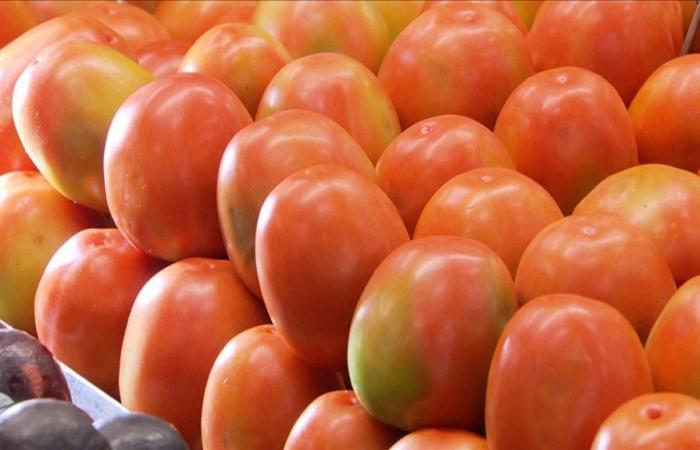The severe heat spreading across important tomato producing regions in Brazil and excessive rain in onion planting areas put pressure on the supply of products in the main wholesale markets, which led to an increase in silverware prices in February. This is what the third bulletin of the Brazilian Horticulture Market Modernization Program (Prohort) points out, released this Wednesday (20/3) by the National Supply Company (Conab).
In the case of tomatoes, high temperatures accelerated the ripening and sweetness process, resulting in greater supply in January and reduced shelf life. “There was less availability of the product at the harvest point in February, indicating an exhaustion of the summer harvest, which is usually replaced by the winter harvest only in March/April”, explains Conab.
For onions, high prices are expected for the period, since the market is supplied by supply in the south of the country, especially in Santa Catarina.
On the other hand, carrots registered a drop in prices, which happened due to the quantity of root offered in the Supply Centers (Ceasas) analyzed. The reason was the intensification of the harvest in the main producing states.
Potato prices also settled in February, compared to January of this year and December 2023. The cooling is due to the increase in supply in the country.
“At the beginning of this month, prices in most of the Ceasas analyzed showed a downward trend, an indication that the water harvest has accelerated, increasing the availability of the tuber in the markets”, informs the bulletin.
Fruits
For the fruits analyzed in February by Conab, the biggest increase was for bananas, with an increase in the weighted average of 20.41% in relation to the month of January this year. Winds and storms that damaged banana plantations of the dwarf variety in the main producing regions, from the north of Santa Catarina to Vale do Ribeira (SP), reduced the supply of the fruit.
For the orange market, February was characterized by rising prices and fluctuations in sales, amid continued scarcity of the fruit in orchards. The industry also showed a “slowdown in orders” in the face of a low harvest, as Conab describes.
Apple followed the same trend, with instability in sales and rising prices. In March and April, the availability of already classified fruits is expected to increase.
On the other hand, papaya and watermelon – two of the fruits most exported by Brazil – saw a drop in prices. “For papaya, demand was weak and supply increased significantly in the first half of February. This greater availability can be explained by the rains in the south of Bahia and north of Espírito Santo, combined with the heat in the region, which may have accelerated the ripening of the fruit. fruit. After carnival, supply gradually decreased, and demand improved slightly”, explains the bulletin.
Exports
The accumulated number of fruit shipments abroad, between January and February 2024, remained stable. There were 156.3 thousand tons of fruit exported, a volume similar to that recorded in the first two months of 2023, but with the rise in prices, revenue was higher.
According to the third Prohort bulletin), the volume shipped brought Brazil US$176.9 million, an amount that is 13.7% higher compared to the first two months of 2023.
Tags: Climate puts pressure vegetable fruit prices Brazil points Conab Vegetables
--





